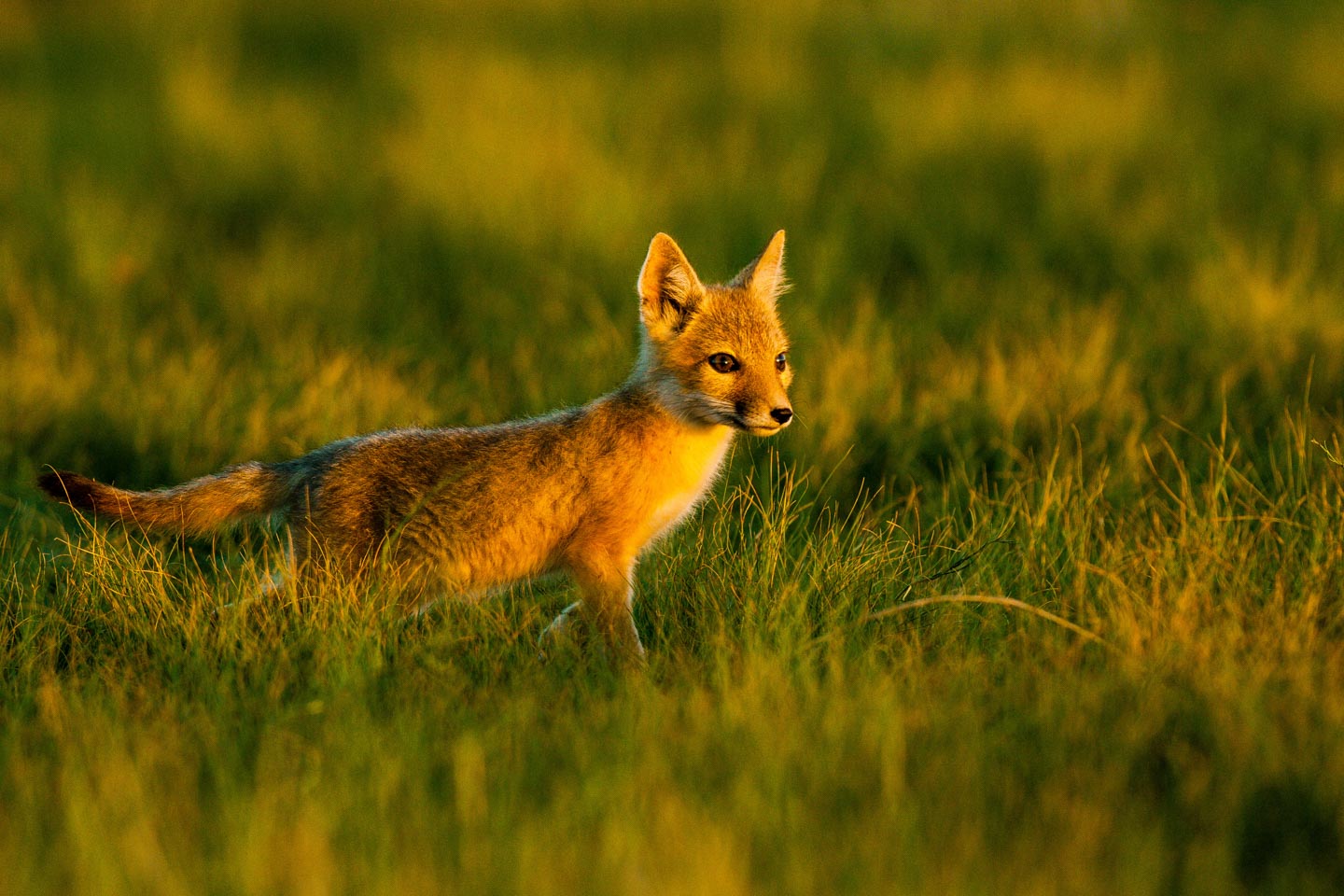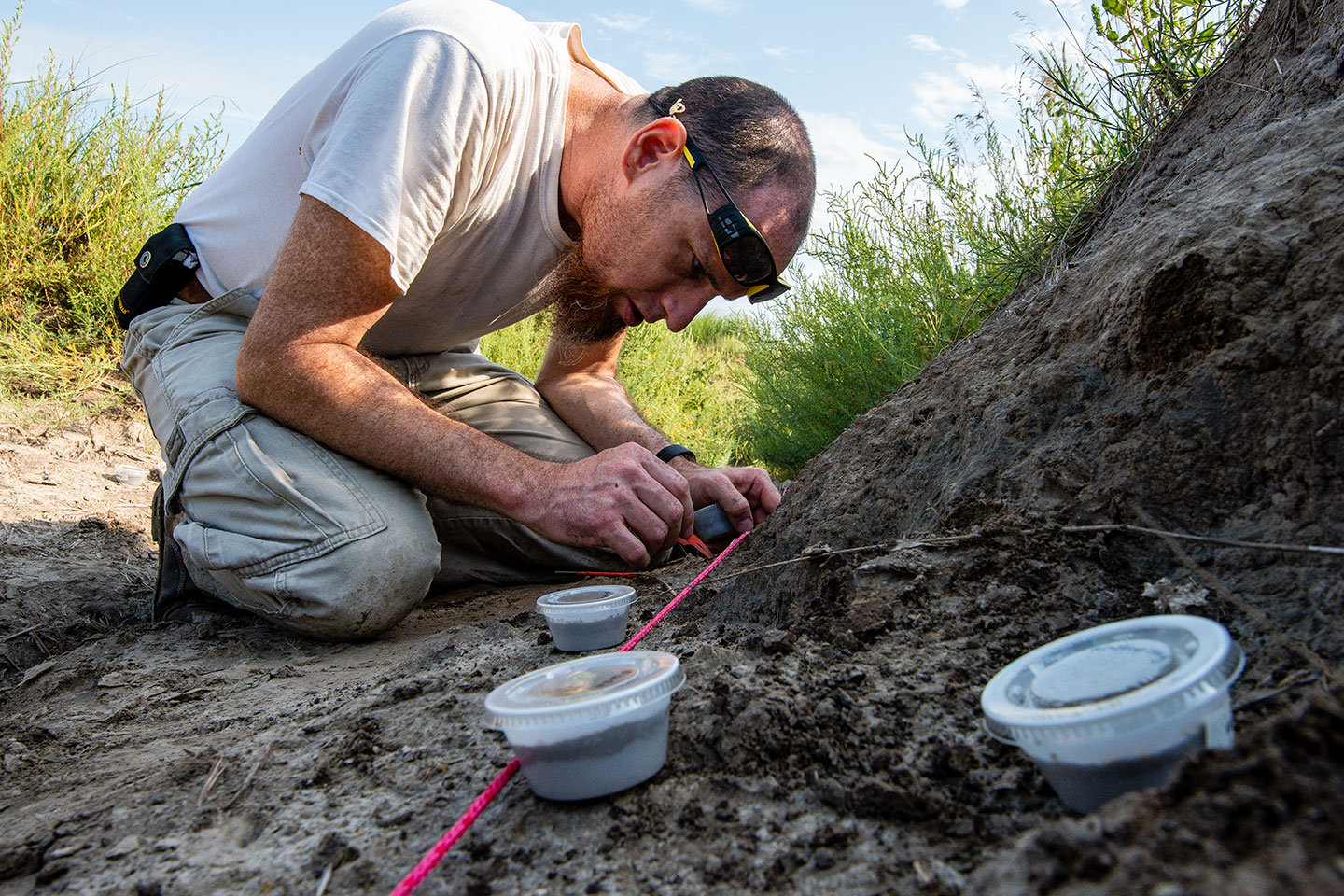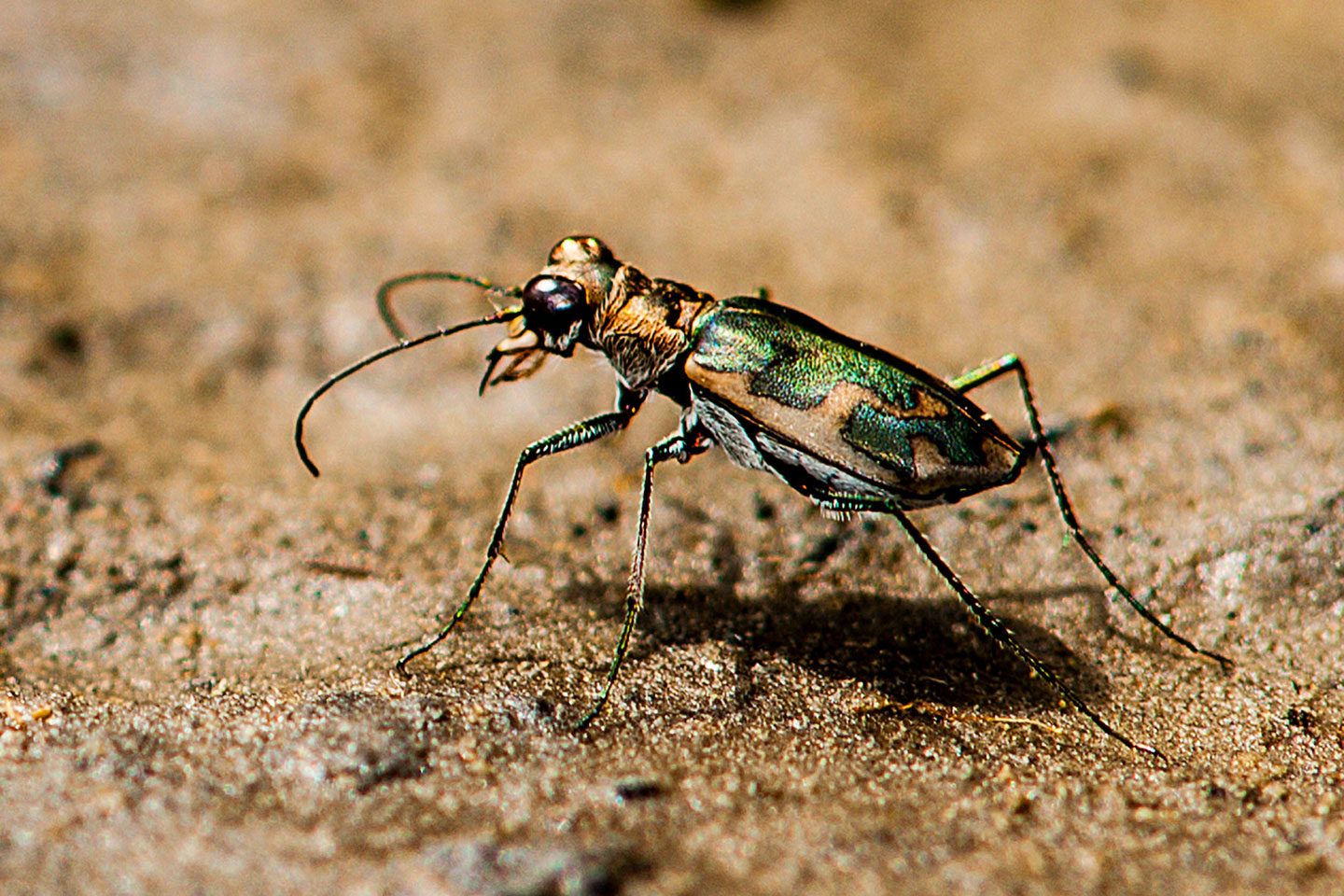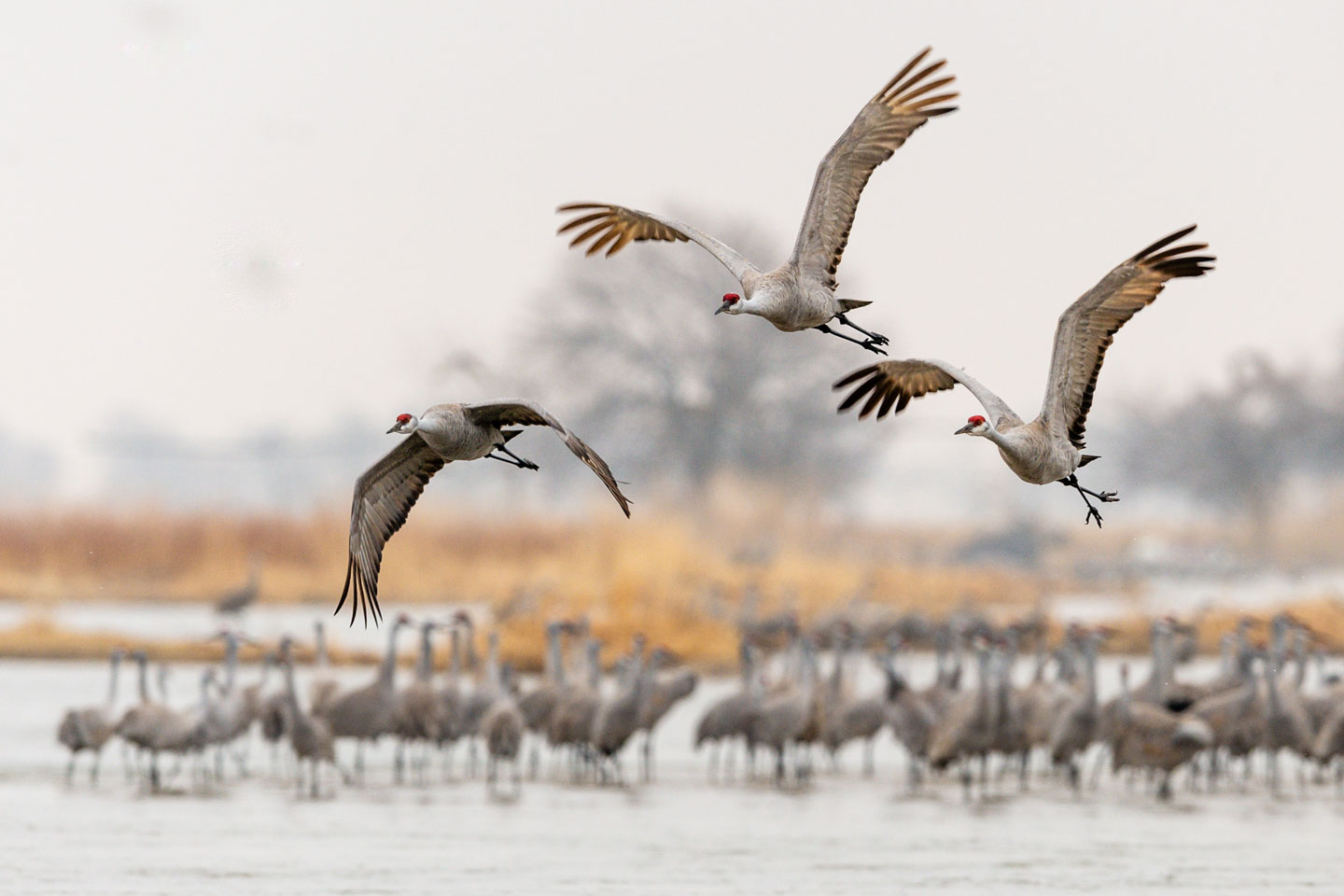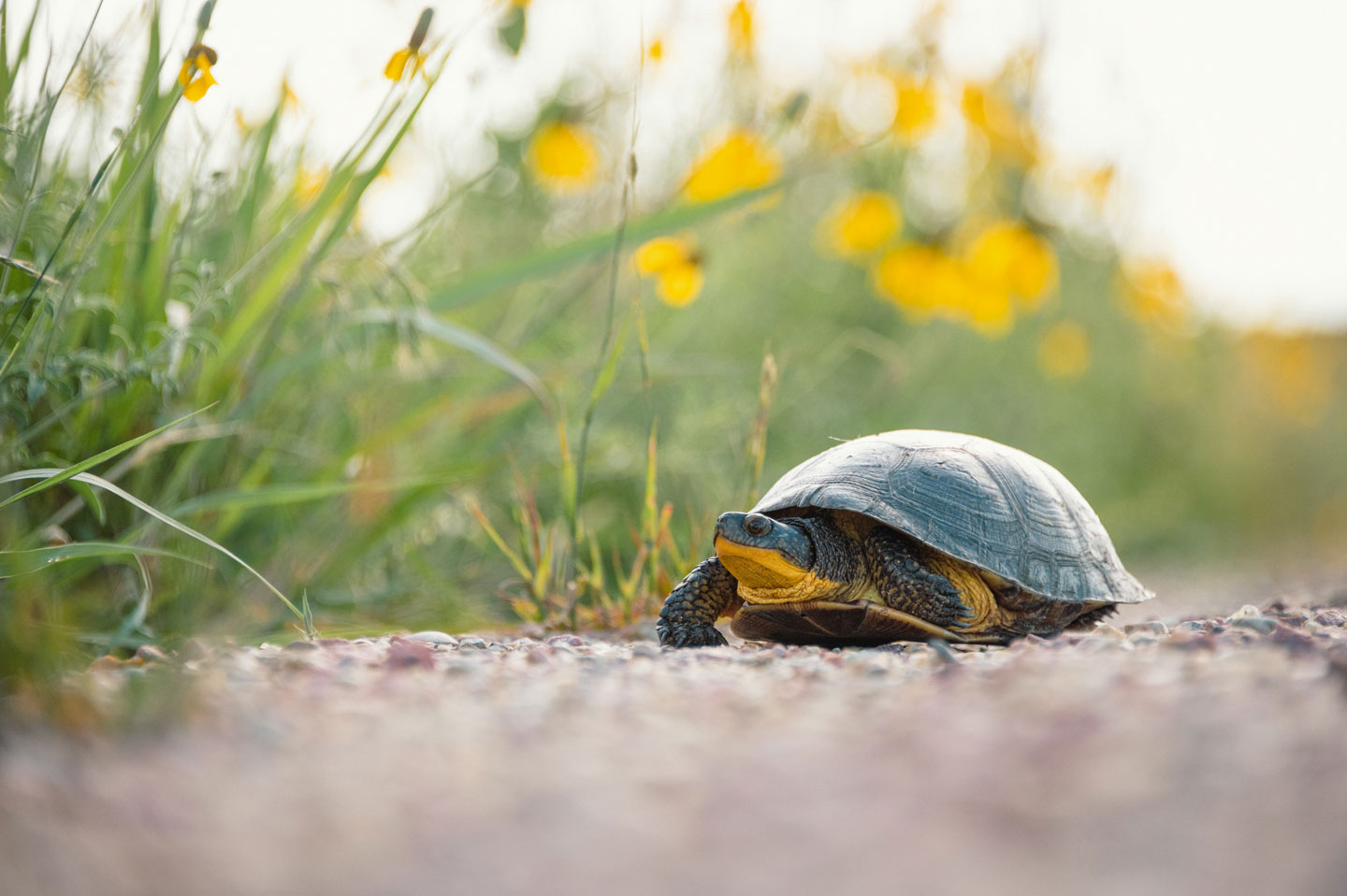Nongame and Endangered Species Conservation Act
The act prohibits take, exportation and possession of threatened and endangered species, in addition to implementing recovery plans.
Nebraska Nongame and Endangered Species Conservation Act
The Nebraska Nongame and Endangered Species Conservation Act is a multifaceted state law that aims to protect Nebraska’s most vulnerable species. Commonly referred to as “NESCA” the law declares that the State of Nebraska shall conserve species of wildlife for human enjoyment, scientific purposes, and to insure their continued existence within their ecosystems.
To protect species, the law defines how to list a species as threatened or endangered and designate critical habitat, prohibits the “take” of any listed species, sets forth the establishment of conservation programs, and calls on state agencies to consult with the Nebraska Game and Parks Commission on any actions they authorize, fund, or carry out. Every year more than 1,000 proposed projects with ties to state agencies are reviewed to prevent a state action from jeopardizing the continued existence of a threatened or endangered species. However, all citizens of Nebraska are responsible for preventing “take” of threatened and endangered species. According to NESCA, take is defined as: to harass, harm, pursue, hunt, shoot, wound, kill, trap, capture or collect a threatened or endangered species, or attempt to engage in any such conduct.
State recovery plans for endangered or threatened species are implemented on a priority basis. Species that are in the most immediate danger, whose life requirements are best known and which offer the best opportunity for success, are addressed first. A variety of wildlife management techniques are used, including reintroduction, captive propagation, protection of habitat through various forms of acquisition, habitat manipulation and development, public education and strict legal protection.
Threatened and endangered species
According to NESCA, any species that is federally-listed as threatened or endangered is also state-listed. Nebraska has 32 threatened or endangered species, including 16 species that are only protected on the state level. To learn more about Nebraska’s most vulnerable species, click the links below.
The mission of the Nebraska Natural Heritage Program is to develop, manage and distribute scientific information critical to the conservation of Nebraska’s biological diversity. It is the only comprehensive source of information on the status and locations of Nebraska’s rarest and most threatened species and natural communities. Follow the link below to learn more.
Examples of efforts focused on Nebraska’s endangered and threatened species include:
- The formerly endangered river otter was delisted in 2020 following highly successful reintroduction efforts. Now thriving, the population is resilient enough to sustain an annual trapping season.
- Nesting colonies of the endangered least tern and threatened piping plover are documented and monitored to determine reproductive success and essential nesting habitat. Data is used to identify management practices necessary for restoration of the two species. River sandbars have been cleared of vegetation to provide suitable nesting habitat. Nesting colonies susceptible to human disturbance are posted with signs to prevent intrusions.
- Whooping crane migration stopover sites are being documented and monitored so that threatened, essential habitat can be protected.
- Research on the swift fox, blowout penstemon, least tern and mountain plover, conducted by universities under contract with the Game and Parks Commission, has identified factors limiting the survival of these species, which has helped determine how the species can be restored or how further population declines can be prevented. For example, the endangered blowout penstemon has been propagated in University of Nebraska greenhouses and successfully transplanted to suitable habitat in the Nebraska Sandhills.
Related content
About Nebraska Game & Parks
We’re a family of passionate, innovative professionals who work together to connect people to the natural world and support conservation in Nebraska.

